The nation’s push to 2030 renewable energy goals suffered another setback in the first half of 2025, with investment in large-scale projects falling short of targets, funding less than a third of the 6–7 GW a year needed to replace coal-fired power.
With 10 GW of available capacity combined across distribution networks in New South Wales (NSW) alone, just two short of the state’s 12 GW of new renewable energy generation by 2030, a solution to driving down energy costs for consumers is readily available if leveraged to its full potential.
A survey of 1,000 Australian bill-payers, conducted by Neara – the physics-based digital twin platform for network utilities – found that nearly half (47%) of respondents believe renewable energy is increasing electricity costs. This is despite analysis showing that delays to Australia’s renewable energy rollout could increase household bills by up to 30%.
While Australians overwhelmingly cite infrastructure upgrades (54%) and renewable energy (47%) as the primary drivers behind rising prices, the actual causes remain as aging coal plants, volatile gas prices, and soaring labour costs. If Australia had continued its reliance on coal as the dominant source of energy, costs would be up to 50% higher than current market averages.
“This perception gap emphasises a breakdown in communication between the broader energy sector and the Australian public,” said Neara Co-Founder, Jack Curtis.
“Australians have been left uninformed, believing that the solutions for long-term household bill relief, including renewables and network modernisation, are the problem.
“But the onus is not on consumers to close this information gap. With Australia’s energy transition at a critical juncture, the industry must work as a collective to communicate how technology can unlock significant, existing capacity to reduce power bills.”
State-by-state reality check
Misconceptions about the cause of energy bill price increases differ across the country:
-
South Australians are most concerned about infrastructure costs (61%), but are also among the most willing to pay more for renewables (55%), along with Tasmanians.
-
Residents of Queensland and New South Wales show the highest resistance to paying extra for clean energy, with more than 60% unwilling to do so.
-
Rural Australians report the lowest affordability rating for energy (4.67 out of 10), but also the greatest resistance to paying more for renewables (67%), revealing a paradox: those struggling most with energy costs are least supportive of the long-term solutions that could bring down prices.
“Caution amongst New South Wales residents is understandable given the hurdles transmission and generation projects have faced,” said Curtis.
“But there’s a very real opportunity to achieve the next phase of the transition at the lowest possible cost to consumers. Renewable energy can and will be bought online faster to deliver real savings for Australians, but only if and when the existing network is leveraged to its full potential.”
“From our analysis of New South Wales’ grid, there is upwards of 5GW within the existing grid that can be harnessed. If accessed, this will bring renewable generation online faster whilst reducing the overall cost of energy, and the large energy transition for everyday Australians.”
Extreme weather reshaping consumer priorities
Despite rising energy bills, most Australians (84%) still view their energy supply as stable. However, with more frequent extreme weather events, more than 42% are willing to pay more for better protection against storms, floods, and bushfires – in New South Wales, over two-thirds of residents would pay more.
Strategic infrastructure upgrades, specifically those supporting the integration of renewable energy and strengthening critical network assets before extreme weather events, are essential to maintaining reliability and avoiding additional costs being passed on to Australian households.
“Australians understand the link between climate-related events and energy reliability from their own lived experiences,” Curtis said.
“The industry must respond with proactive, technology-driven solutions that reduce risk, strengthen the grid, and maintain resiliency throughout the next phase of the energy transition.”

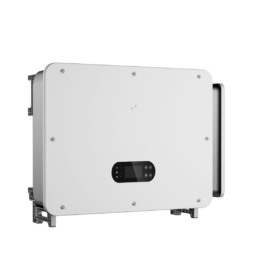
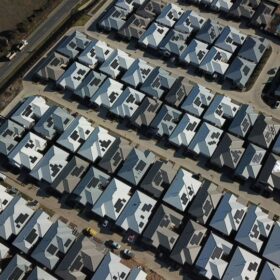
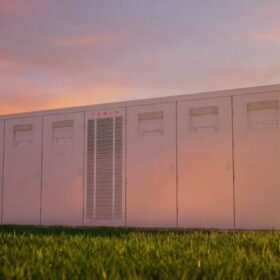
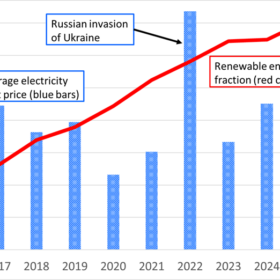
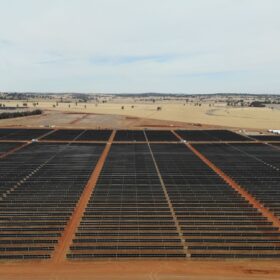
By submitting this form you agree to pv magazine using your data for the purposes of publishing your comment.
Your personal data will only be disclosed or otherwise transmitted to third parties for the purposes of spam filtering or if this is necessary for technical maintenance of the website. Any other transfer to third parties will not take place unless this is justified on the basis of applicable data protection regulations or if pv magazine is legally obliged to do so.
You may revoke this consent at any time with effect for the future, in which case your personal data will be deleted immediately. Otherwise, your data will be deleted if pv magazine has processed your request or the purpose of data storage is fulfilled.
Further information on data privacy can be found in our Data Protection Policy.